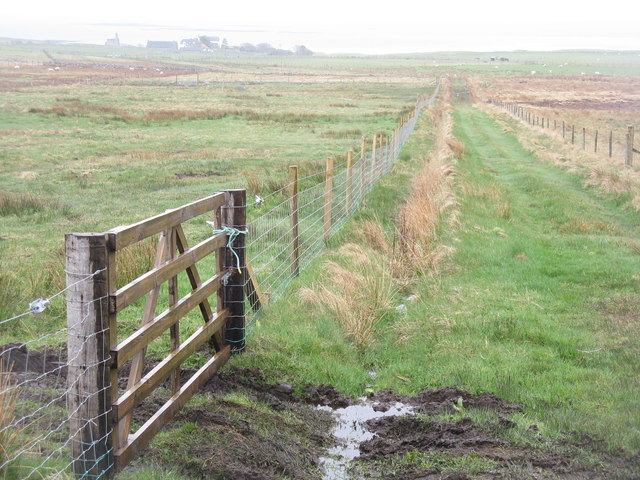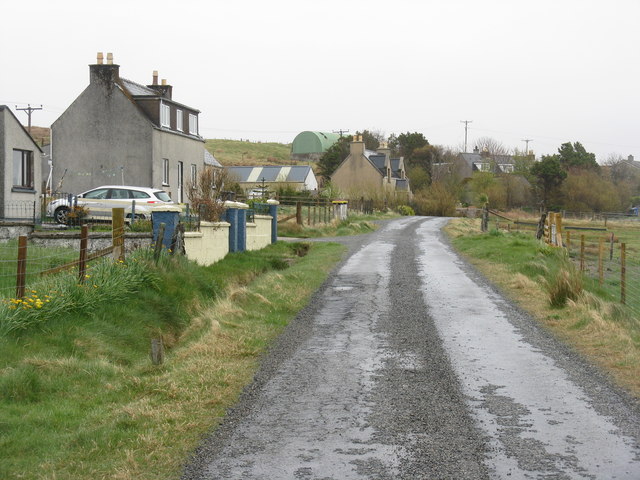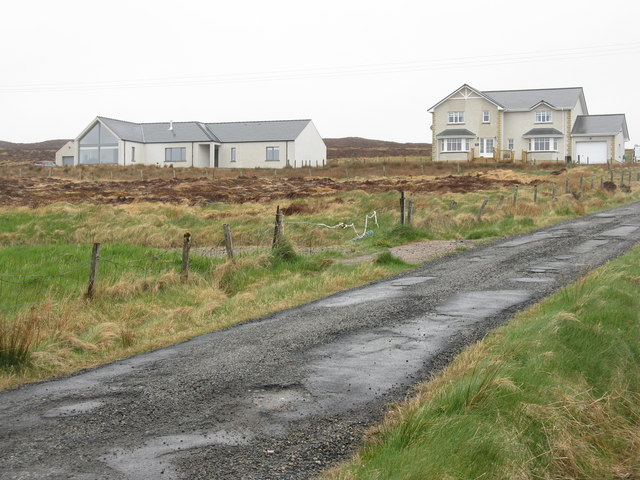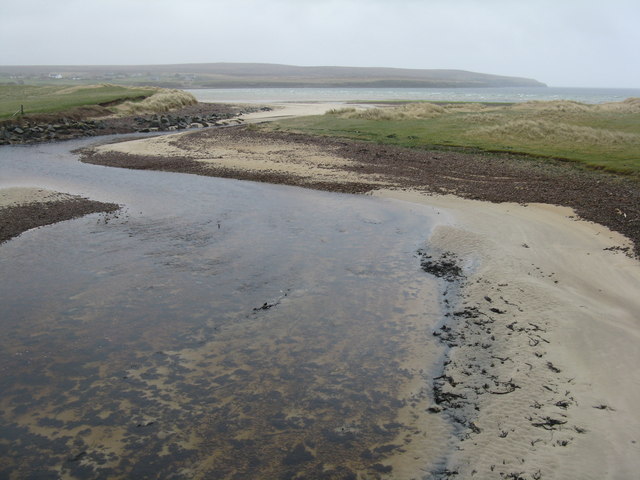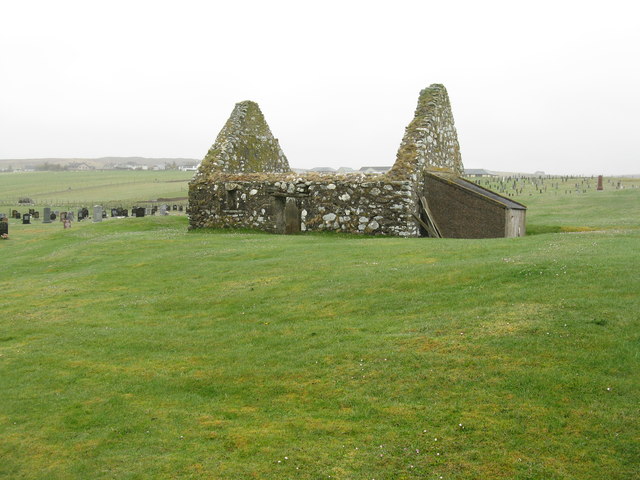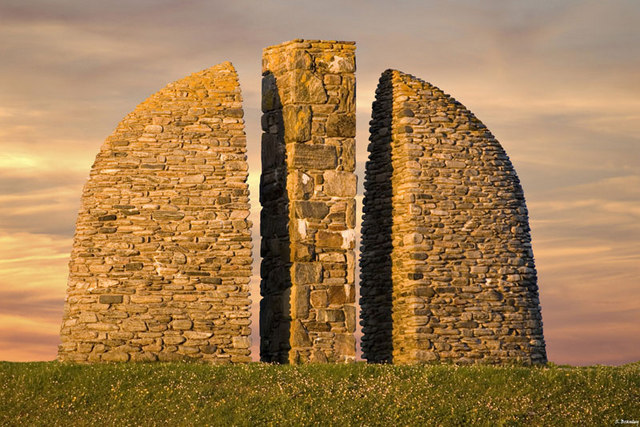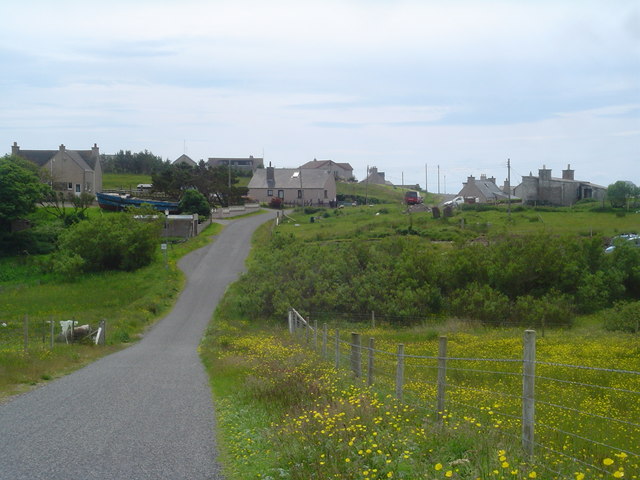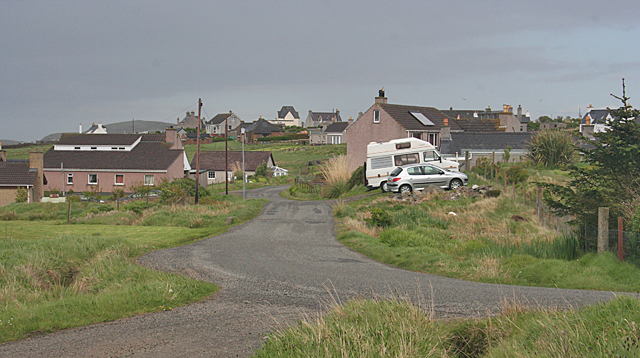Acarsaid Fhionnlaidh
Sea, Estuary, Creek in Ross-shire
Scotland
Acarsaid Fhionnlaidh
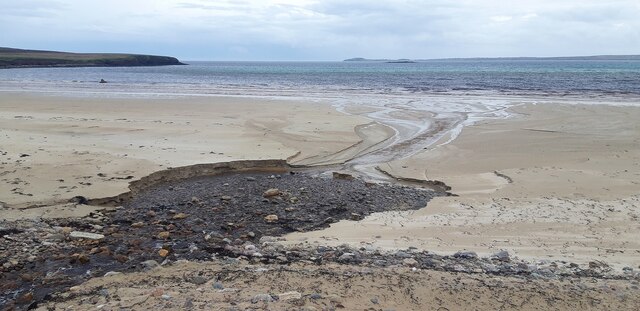
Acarsaid Fhionnlaidh, also known as Findon Bay, is a picturesque sea inlet located in Ross-shire, Scotland. Nestled along the eastern coast of the Scottish Highlands, it offers stunning views of the North Sea and a tranquil atmosphere that attracts both locals and visitors alike.
The bay is characterized by its sandy beach, which stretches for approximately two miles and is backed by rolling dunes and rugged cliffs. The pristine white sand and crystal-clear waters make it a popular spot for swimming, sunbathing, and picnicking during the summer months. The beach is also a great place to explore marine life, with rock pools teeming with fascinating creatures waiting to be discovered.
Surrounded by natural beauty, Acarsaid Fhionnlaidh provides a haven for wildlife enthusiasts. The bay is a designated Special Protection Area due to its importance as a habitat for a variety of bird species. Birdwatchers can spot a range of species, including oystercatchers, curlews, and even the occasional sea eagle.
For those seeking adventure, the bay offers opportunities for water sports such as kayaking and windsurfing. The strong coastal winds make it an ideal spot for enthusiasts of these activities. Additionally, there are several walking trails in the area, allowing visitors to explore the surrounding countryside and enjoy breathtaking views of the bay from higher vantage points.
Acarsaid Fhionnlaidh is a hidden gem on the Scottish coastline, offering a peaceful retreat and a chance to connect with nature in a truly stunning setting.
If you have any feedback on the listing, please let us know in the comments section below.
Acarsaid Fhionnlaidh Images
Images are sourced within 2km of 58.29224/-6.2666546 or Grid Reference NB5041. Thanks to Geograph Open Source API. All images are credited.
![Roadside Monument I came across three monumental and memorial cairns in a visit to Lewis and Harris, all a tribute to the people who took action to recover their homes and livelihoods in the land struggles between landlords and crofters in the 19th and early 20th centuries.
That to the Grias & Coll Raiders [NB4639], the northernmost of the three, honours the men who suffered in the Great War [1914-18] and were promised land and homes when they returned, but the promises were not honoured. The cairn is built on the site of the confrontation between the crofters of the area and Lord Leverhulme, the owner of Lewis and Harris at the time – he planned to industrialise Lewis and opposed the Board of Agriculture’s proposals to divide farms into crofts for landless families. In March 1919 some of the biggest land raids were at Upper Coll and Cress, and land raids continued throughout Lewis until 1921, when the Coll Raiders, in spite of warnings, raided and took possession of Upper Coll, a township from which their ancestors had been evicted, and distributed the land amongst their landless families. The earthworks represent the forms of trenches and waves, symbols of promises given to ex-servicemen that they would be settled on the land after the war.
The cairn at Aignish [NB4832] commemorates and symbolises the confrontation between the Aignish Raiders and the military on 9 January 1888. The raiders, men and women of Point, were driven beyond endurance by destitution and oppression. Instead of helping, the authorities used the military to try to repel the raiders. The raiders failed to hold the farm and 13 were sentenced to prison, but the episode brought their plight to a wider audience, but it was not until 1905 that the farm was divided into crofts.
At Bailailean [NB2619] the three entrances to the cairn represent the three communities that took part in the Pairc Deer Raid - Pairc, North Lochs and Kinloch. On 22 November 1887 several hundred crofters from the Pairc townships protested at their treatment by their landlords - many townships in the area had been cleared to give more access to land for deer hunting. A large number of deer were killed and a police and marines were sent to quell what was thought to be a full scale rebellion, and the Riot Act was read by the Sheriff at Ruadh Chleit [NB2908]. Six land raiders were arrested, but acquitted at the High Court in Edinburgh in January 1888.
The three monuments were designed by Will McLean in 1994-6 and built by local stonemason Jim Crawford.
Two interesting accounts of the land struggle generally, not just on Lewis and Harris, are ‘Mightier than a Lord’ by Iain Fraser Grigor [1979], Acair Limited, ISBN 0 86152 030 0, and ‘Go Listen to the Crofters’ by A.D. Cameron [1986], Acair Limited, ISBN 0 86152 063 7, although neither specifically cover the events marked by the cairns, which were a little later.
Neil MacGregor [ex-Director of the British Museum] covered the Raiders in his Radio 4 series [episode 5] <span class="nowrap"><a title="https://www.bbc.co.uk/programmes/m0015474," rel="nofollow ugc noopener" href="https://www.bbc.co.uk/programmes/m0015474,">Link</a><img style="margin-left:2px;" alt="External link" title="External link - shift click to open in new window" src="https://s1.geograph.org.uk/img/external.png" width="10" height="10"/></span> broadcast on 11 March 2022, when he visited Lews Castle Museum in Stornoway Museum nan Eilean (Stornoway) <span class="nowrap"><a title="https://www.cne-siar.gov.uk/leisure-sport-and-culture/museum-nan-eilean/museum-nan-eilean-stornoway/" rel="nofollow ugc noopener" href="https://www.cne-siar.gov.uk/leisure-sport-and-culture/museum-nan-eilean/museum-nan-eilean-stornoway/">Link</a><img style="margin-left:2px;" alt="External link" title="External link - shift click to open in new window" src="https://s1.geograph.org.uk/img/external.png" width="10" height="10"/></span>. A modern extension, opened in 2017, contains a feature on the Raiders memorial, but as yet [March 2022] we have no Geograph coverage.](https://s0.geograph.org.uk/geophotos/07/53/12/7531200_2f2d9d8f.jpg)
Acarsaid Fhionnlaidh is located at Grid Ref: NB5041 (Lat: 58.29224, Lng: -6.2666546)
Unitary Authority: Na h-Eileanan an Iar
Police Authority: Highlands and Islands
What 3 Words
///motivator.stag.hurray. Near North Tolsta, Na h-Eileanan Siar
Nearby Locations
Related Wikis
Nearby Amenities
Located within 500m of 58.29224,-6.2666546Have you been to Acarsaid Fhionnlaidh?
Leave your review of Acarsaid Fhionnlaidh below (or comments, questions and feedback).
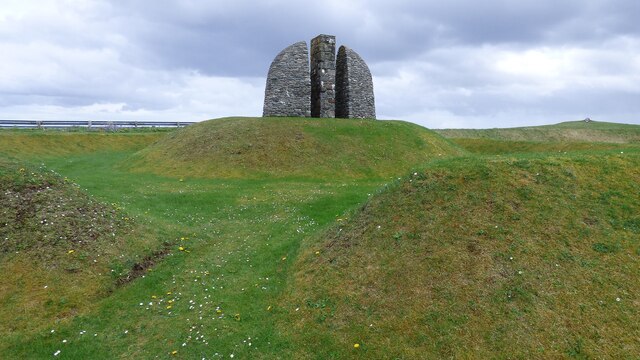
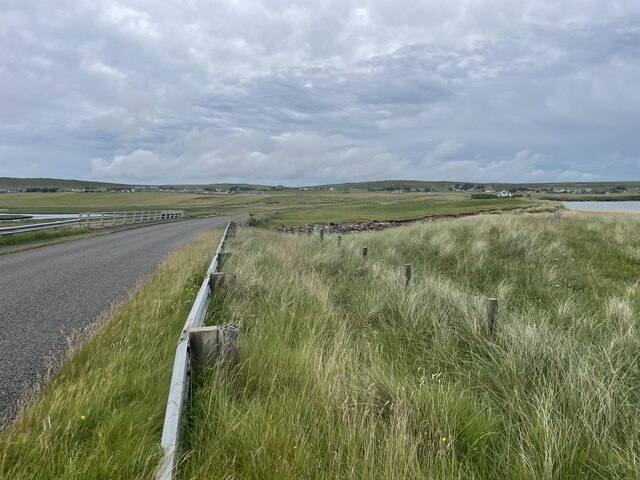
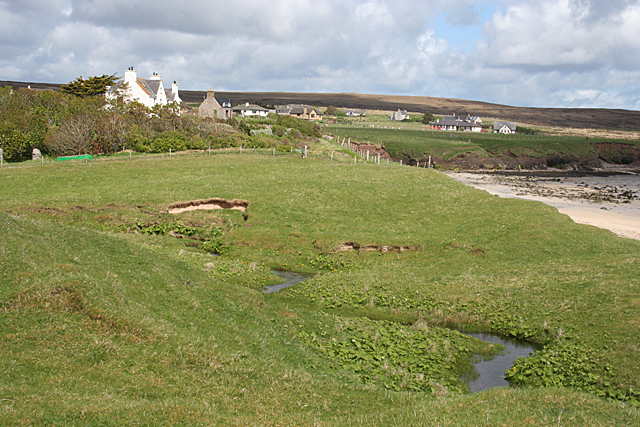
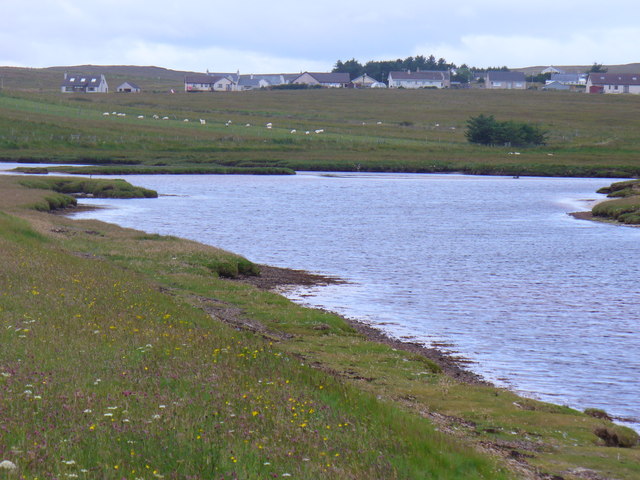
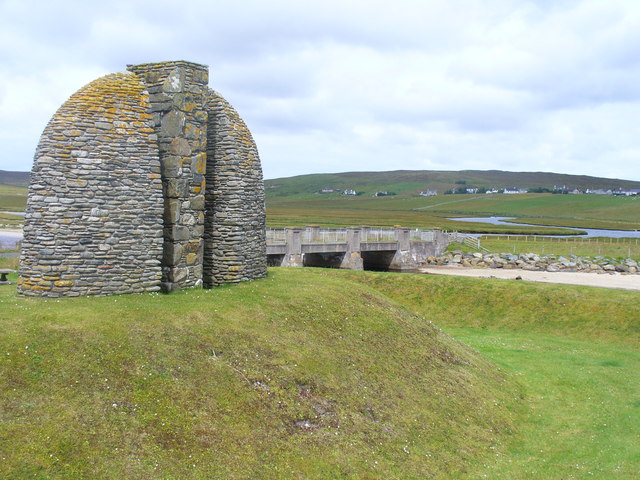
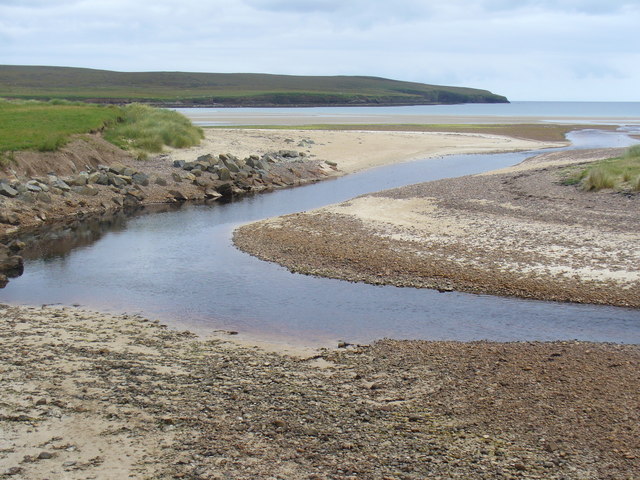
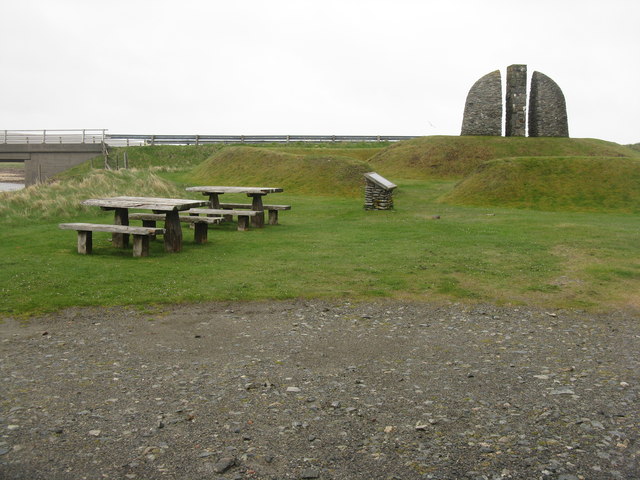
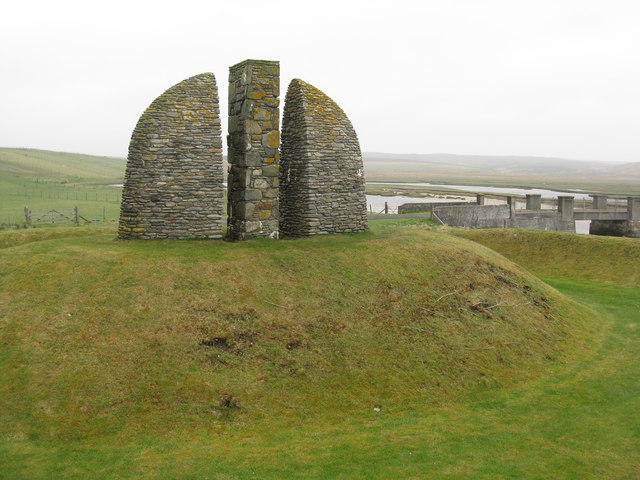
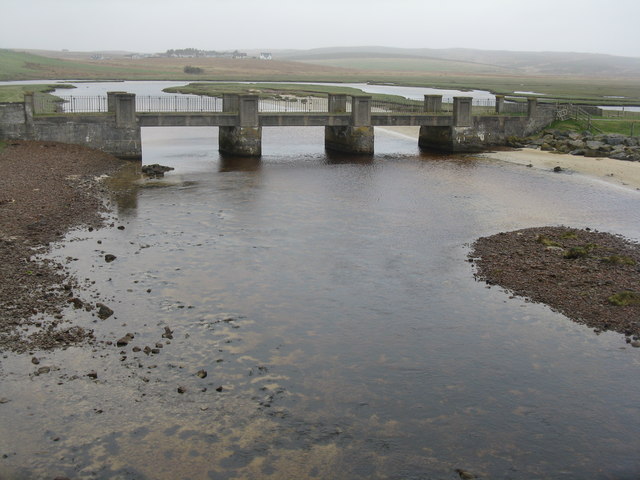
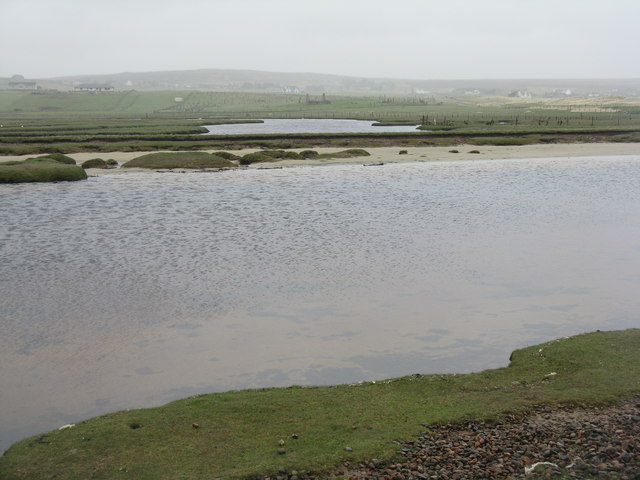
![Bridges over Abhainn Ghriais The nearest one is usable, but the road [B895] now passes across the other one, 60m to the east, just before the river flows into the sea.](https://s0.geograph.org.uk/geophotos/03/46/76/3467672_ebda50ae.jpg)
